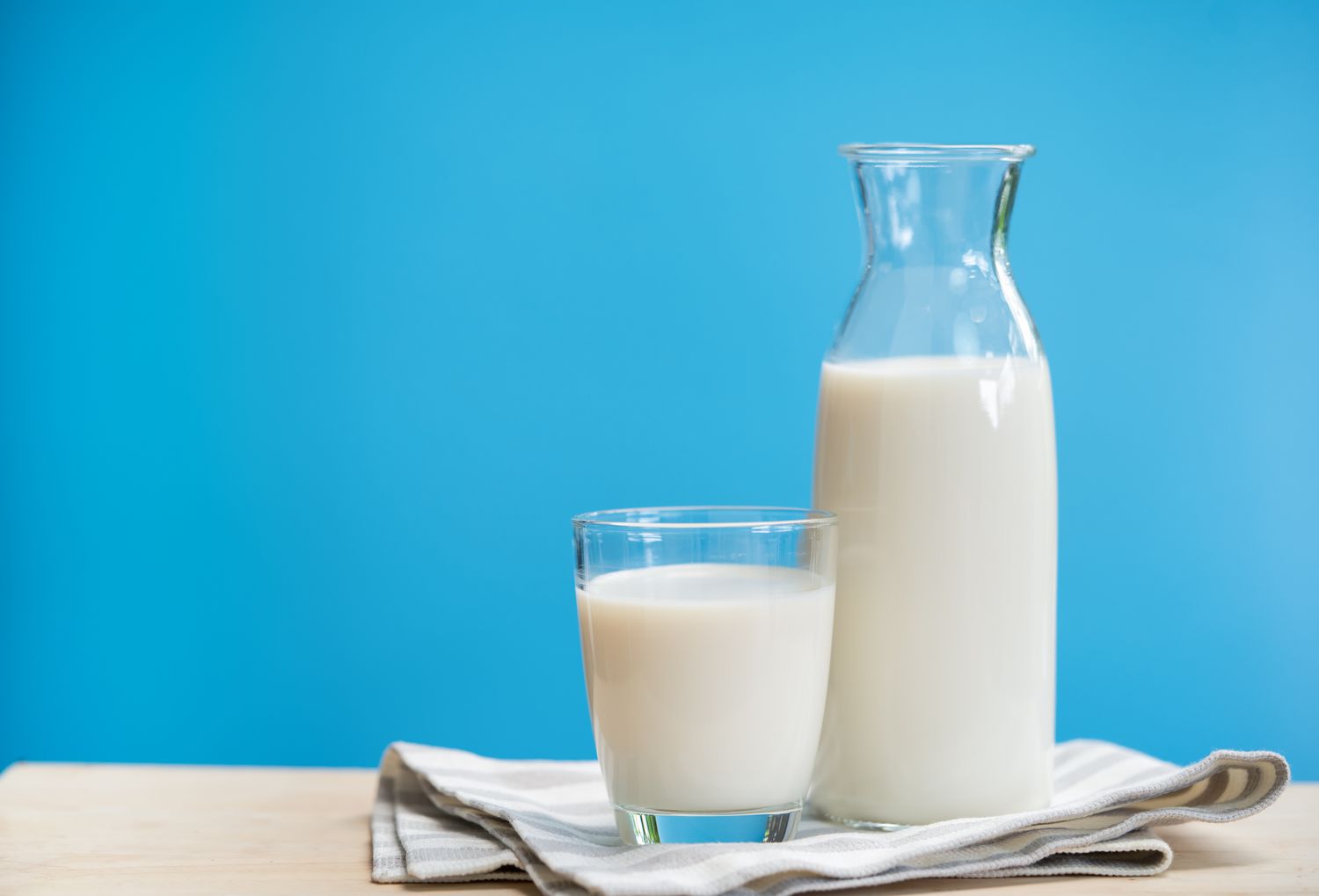 Milk pasteurization is a critical process undertaken to ensure the safety and quality of milk before it reaches your glass.
Milk pasteurization is a critical process undertaken to ensure the safety and quality of milk before it reaches your glass.
A milk pasteurization machine plays a vital role in this process, employing controlled heating to eliminate harmful bacteria without affecting the nutritional value of the milk.
This method, developed by Louis Pasteur in the 19th century, has been refined over the years to become an essential standard in milk processing.
The use of modern pasteurization machines makes it possible to thwart the proliferation of pathogens, such as Listeria, Salmonella, and E. coli, which can lead to severe illnesses. Simultaneously, these machines are designed to minimize the impact on milk’s flavor and nutritional content.
Ensuring that each particle of milk is heated to the precise temperature for a specific duration is crucial, and pasteurization machines are meticulously engineered to maintain consistency and reliability throughout this process.
Key Takeaways
- Pasteurization machines are essential for eliminating harmful bacteria in milk.
- The process balances safety with preserving milk’s nutritional quality.
- Consistent, controlled heating protocols are key to effective pasteurization.
Fundamentals of Milk Pasteurization
Pasteurization plays a critical role in ensuring that the milk you consume is safe and of high quality. This process effectively reduces harmful bacteria while preserving the nutritional value of milk.
Importance of Pasteurization for Milk Safety
Pasteurization is essential for milk safety as it destroys pathogens that can cause diseases. By heating milk to a specific temperature for a set duration, pasteurization eliminates dangerous microorganisms while minimizing changes to the milk’s nutritional content.
The most commonly applied method is HTST (High Temperature Short Time) pasteurization, which heats milk to at least 161°F (72°C) for 15 seconds. Alternatively, a longer Low Temperature Long Time (LTLT) pasteurization process can be used, which involves temperatures of 145°F (63°C) for 30 minutes.
Understanding Pasteurization Technology
Pasteurization technology involves various methods, each designed to achieve microbiological safety through different mechanisms. Traditional thermal treatment has been the norm, but high pressure processing and sterilization have also gained popularity.
Thermal methods apply controlled heat, effectively inactivating bacteria without altering the milk’s taste and quality significantly. High pressure processing, on the other hand, utilizes pressure rather than heat to achieve microbial inactivation, an alternative that’s also known for its efficacy.
Effective temperature control during the pasteurization process is vital as it guarantees the elimination of pathogens and contributes to the longevity and quality of the final product.
With advanced pasteurization equipment, such as those available from Milky Day, farmers and producers can ensure both safety and quality in milk production. These modern machines offer precision in both temperature regulation and timing, essential factors in the pasteurization process.
By understanding these fundamentals, you can appreciate the intricate balance between safety and quality that pasteurization aims to achieve in milk processing.
Ensuring Quality and Safety in Pasteurized Milk
To guarantee that pasteurized milk maintains high standards of quality and safety, stringent processes are put in place. These include rigorous testing, effective pathogen elimination techniques, and strict adherence to regulatory standards.
Testing and Quality Control Measures
The milk process begins with testing and quality control to ensure that every batch meets safety criteria.
Your milk undergoes multiple tests to measure factors such as bioactivity, lipase activity, and alkaline phosphatase levels, which indicate the milk’s quality and the effectiveness of pasteurization.
Good Manufacturing Practices (GMPs) mandate these tests to maintain product consistency and safety.
Pathogen Detection and Elimination
Pathogen detection and elimination are critical for food safety. Pasteurization machines use precise heat treatment to destroy harmful bacteria, viruses, and particularly Listeria monocytogenes—a key concern in dairy products.
The temperature and duration of the heat treatment are calibrated to target and eradicate these pathogenic microorganisms effectively.
Regulatory Standards and Compliance
The FDA oversees the regulatory standards and compliance, ensuring that the milk you drink meets all safety requirements.
Dairy operators comply with stringent regulations, including hygiene practices, to minimize contamination risks. The FDA’s Pasteurized Milk Ordinance outlines these requirements, ensuring that every step of the milk pasteurization aligns with national standards, securing the preservation and quality of dairy products.
By following these detailed steps, pasteurization machines play a crucial role in providing safe, high-quality milk for consumption.
Conclusion
Through careful thermal processing, pasteurization machines play a critical role in maintaining milk’s safety and quality. By eliminating harmful microorganisms while largely preserving nutritional value, these machines ensure your milk is both safe to consume and beneficial for your health.
The innovative techniques surrounding human milk processing demonstrate the evolving efforts to balance microbiological safety with nutrient preservation. Your trust in the dairy products you consume rests on the effectiveness of milk pasteurization, a testament to science’s contribution to public health.


